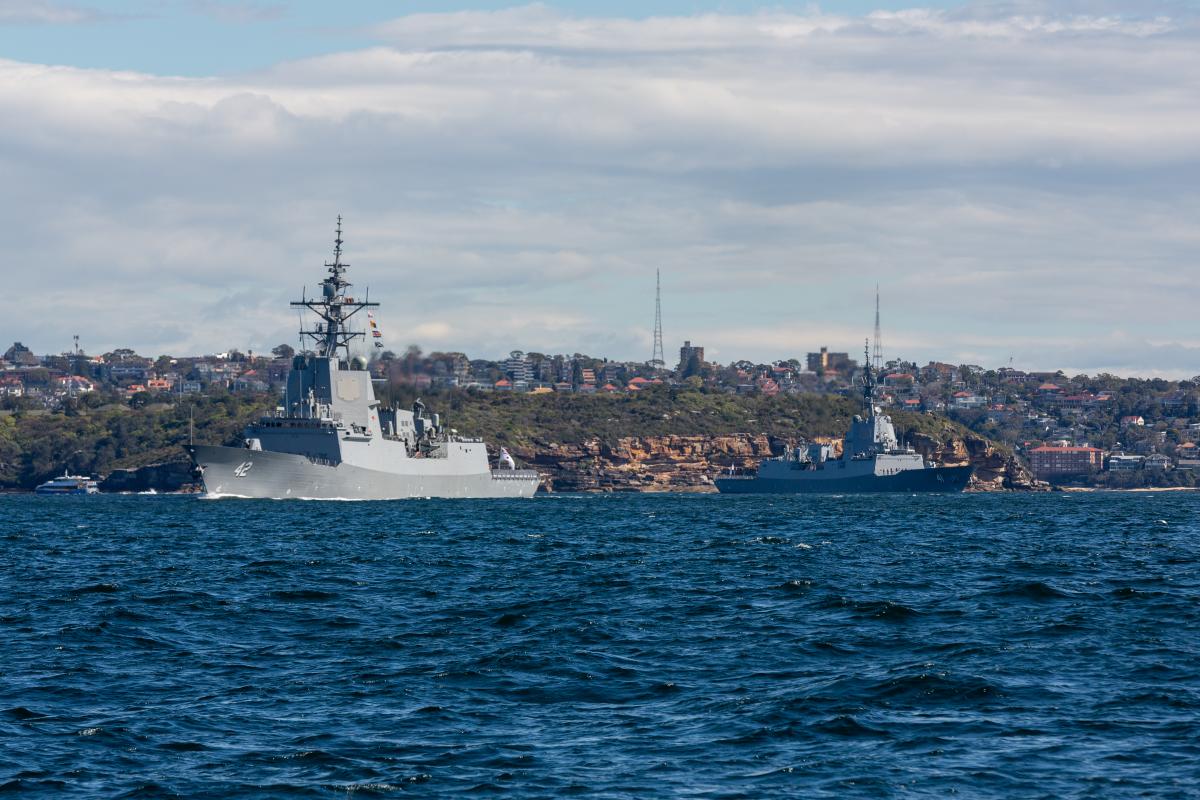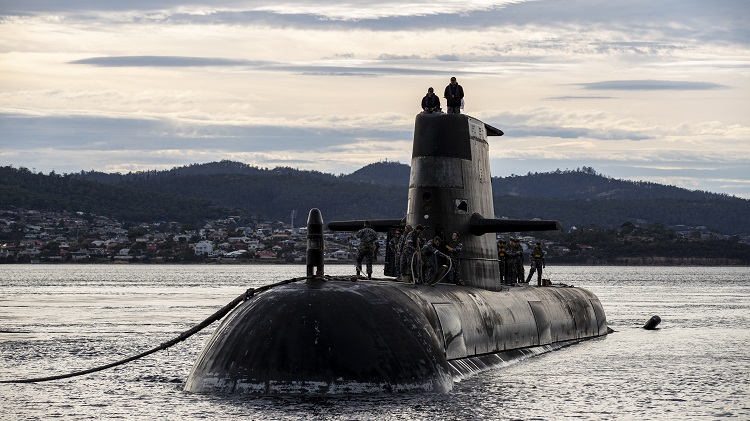There are the real key questions. Creating more hobarts exactly the same at the ones we have now, that then need $5.1 billion upgrades does seem to move the RAN forward. The Spanish proposal doesn't seem to indicate what exactly they will be building.
I guess the good news is there are already replacement CMS that were ordered years ago for the Hobart upgrades and the Hunters. As well as CEAFAR units. This project was designed to cut steel on the hobarts in 2024.
The order for AEGIS equipment was put in all the way back in 2018.
Australia wants to buy the technical guts needed to hook up its radars with the Aegis weapon system.

www.defensenews.com
The Royal Australian Navy’s three Hobart-class destroyers are set to undergo an Aegis combat system upgrade which will increase the Australian Defence Force’s (ADF) air and missile defence capability.

www.navalnews.com
The Australian Department of Defence started the tender process to upgrade the combat management system aboard the Royal Australian Navy (RAN)'s Hobart-class air warfare destroyers.

www.navalnews.com
I presume the Spanish proposal would use these ordered bits of kit, as they don't have any spare units themselves. That would mean 9LV consoles, Aegis 9, and I presume the big one, CEAFAR. I wouldn't be surprised *if* we took the Spanish up on their offer, all of these would be expensive variations to cost extra.
Tenders for the hobart upgrades have already occurred and been selected.
Lockheed Martin Australia was awarded a A$33 million design contract to support the upgrade of the Aegis Combat System on the Royal Australian Navy’s (RAN) fleet of three Hobart-class Destroyers.

asiapacificdefencereporter.com
Navantia Australia has already been appointed the Hobart System design agent for the upgrade
The Combat System is one of the most critical major systems in a warship. SEA4000 Phase 6 has been established to modernise the class to integrate Aegis Baseline 9. As the design authority for the Hobart Class, Navantia Australia is best placed to identify and clearly understand the extant...

navantia.com.au
Even if we don't build new Hobart's, the current plan is to pull the existing Hobart's out of the water, cut them up, replace Radar, combat system, power, cooling, etc with the project costing $5.1 billion. We then throw the Spy radar and aegis 8 into the southern ocean.
This project is expected to go from 2024-2030 ish, so as soon as we pull the first Hobart out, we loose deployable sustainable DDG capability, the problem with only 3 ships. With only two ships for the next ~10 years, going on a Hobart is a career limiting move, with limited sea time. Its highly likely we will have at many times two Hobart's unavailable (as ships need their normal program of things during this period and do we wait until a ship is fully recommissioned back into the RAN before sending the next one off), resulting in a single ship to operate. That is if everything goes to plan and schedule and cost. As has been pointed out, Hobarts are already growth limited platforms, expensive, sizable upgrades will contain tremendous risk for cost and time. Even when the first ship returns, you then have a fractured fleet with two different combat systems, radar, subsystems etc.
So the RAN is basically only an ANZAC force for the foreseeable future. But these will also be undergoing upgrades. These are already elderly, cramped, platforms, limited by size and space. As they age, old ships become less reliable (how many times have we seen this in the RAN?).
At the same time, Collins goes in for LOTE. So that elderly platform starts to shrink. There will be pressure to get that program out of the way before SSN construction starts, its likely multiple boats will be out of the water at the same time. Our fragile sub capability then evaporates. At a time we are meant to be growing the active RAN personnel, in these specific areas.
Having your entire navy up on hard stands doesn't just present a problem for the industry and yards. Its going to have a very significant effect on the Navy itself. High-end platforms like subs and destroyers are at the very heart of the RAN. We are going to waste tremendous money reskilling to get back to where we are instead of trying to preserve what we already have.
We are quickly heading into loads of planned and scheduling problems, that are all going to occur simultaneously.
The longer we stay on this path the harder it is to address and the more bad situations multiply.
The bigger problem is the RAN isn't alone in this situation. The US and UK are having similar issues across destroyer and submarine fleets.






